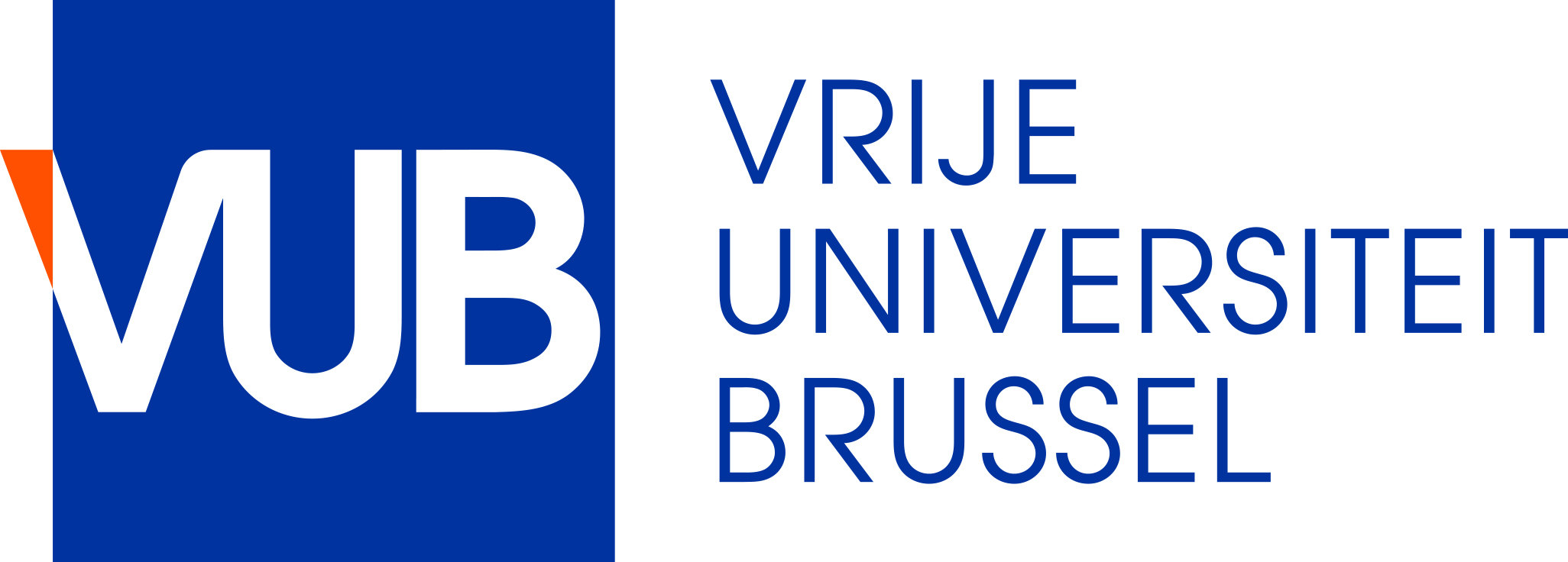Meet the jury: naRNA-LL37 composite DAMPs characterize sterile NETs as intentional breakers of self-RNA tolerance for transient inflammation by Alex Weber
About the talk
Innate Immunity employs so-called pattern recognition receptors (PRRs) for initiating inflammation as a step towards resolving both infectious and sterile insults. Regarding the latter, we recently identified naRNA (NET-associated RNA), as a new canonical component of neutrophil extracellular traps (NETs) and a potent disease-exacerbating novel DAMP. naRNA, in complex with the host antimicrobial peptide LL37, propagated a self-amplifying cycle of NET formation in naïve neutrophils, dependent on TLR8 in humans and Tlr13 in mice, in vitro and in vivo. Keratinocytes also strongly responded to naRNA with induction of psoriasis-associated genes. Our data not only highlight naRNA as a novel DAMP driving immune activation; naRNA also provides a molecular link between the reported respective pathophysiological roles of NETs and extracellular RNA in multiple diseases, and suggest blockade of TLR-mediated RNA sensing as a potential new interventional target [check out the full unpublished story on Biorxiv here <https://www.biorxiv.org/content/10.1101/2022.07.26.499571v1.full.pdf+html>].
About the speaker
Alex Weber, PhD, is an expert in the field of Innate Immunity from the University of Tübingen, one of the oldest (est. 1477) excellence universities in Germany. Innate immunity employs so-called pattern recognition receptors (PRRs, e.g. TLRs and inflammasomes) to detect a variety of different microbes, including bacteria, viruses and fungi, as well as sense endogenous danger. Upon engagement, PRRs initiate distinct intracellular signaling pathways via receptor-proximal adaptor molecules, and initiate subsequent effector responses. These responses are vital for host defense but, when dysregulated, can cause or exacerbate disease. Alex’ scientific focus is on understanding PRR signaling pathways on the molecular, cellular and organism level with particular emphasis on signal transduction events and their regulation in normal, infection or oncogenic settings. He seeks to address these questions in model systems but also in primary cells and in vivo, to investigate the manifold roles of PRR in different relevant biological systems. Further information: follow embedded links to previous and current work<https://orcid.org/0000-0002-8627-7056> and activities<https://innate-immunity-conference.de/> in the area of innate immunity.
Online lecture link bit.ly/3PRl37Y
Online lecture passcode: 8BitFG
More info:
kim<dot>martinod<at>kuleuven<dot>be
PRAKTISCHE INFO
-
DATUM06 oktober, 2023
-
LOCATIE
 Meet the jury Alex Weber
Meet the jury Alex Weber
-
DOELGROEPPhD postdoc ZAP
-
TAAL EVENEMENTENGELS




